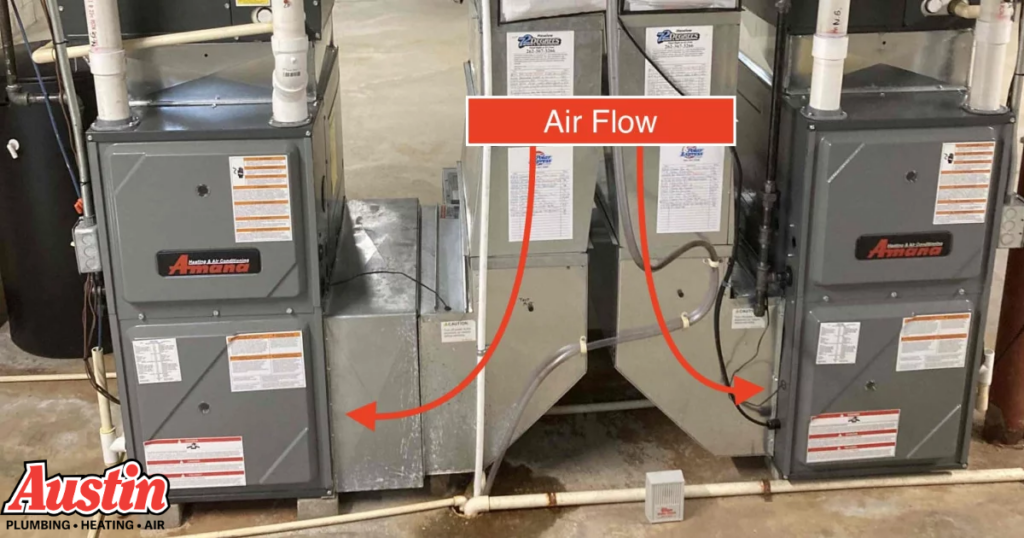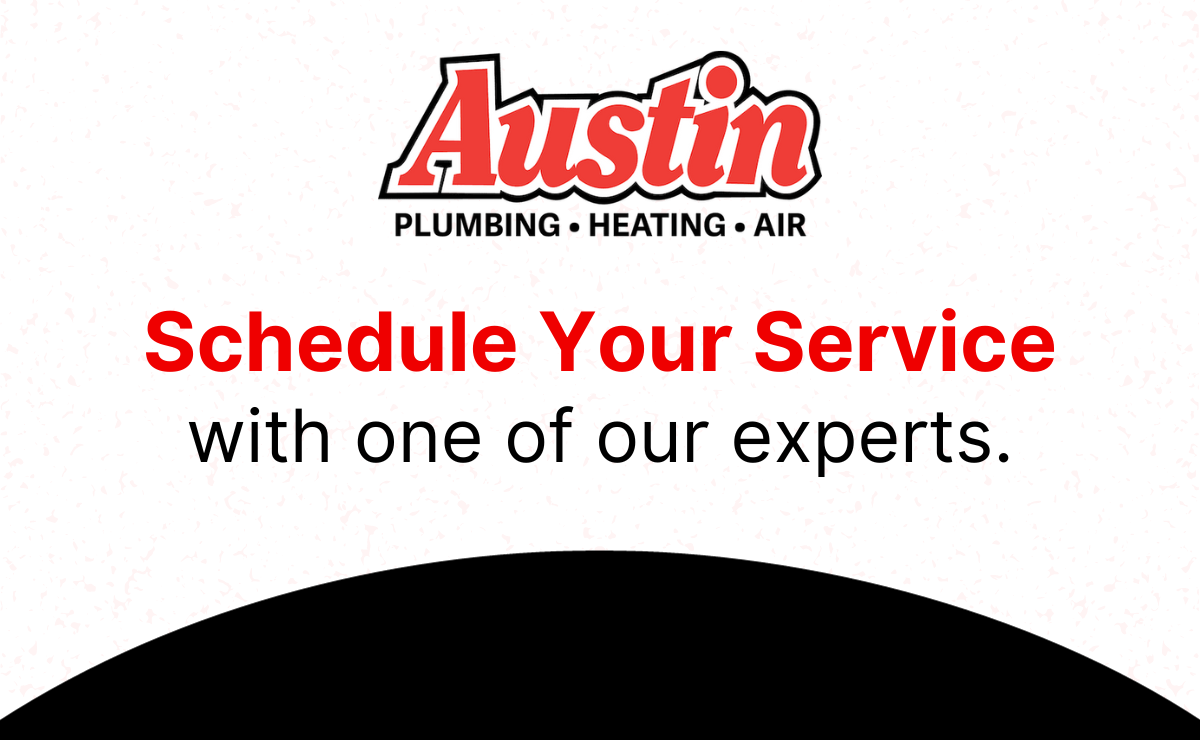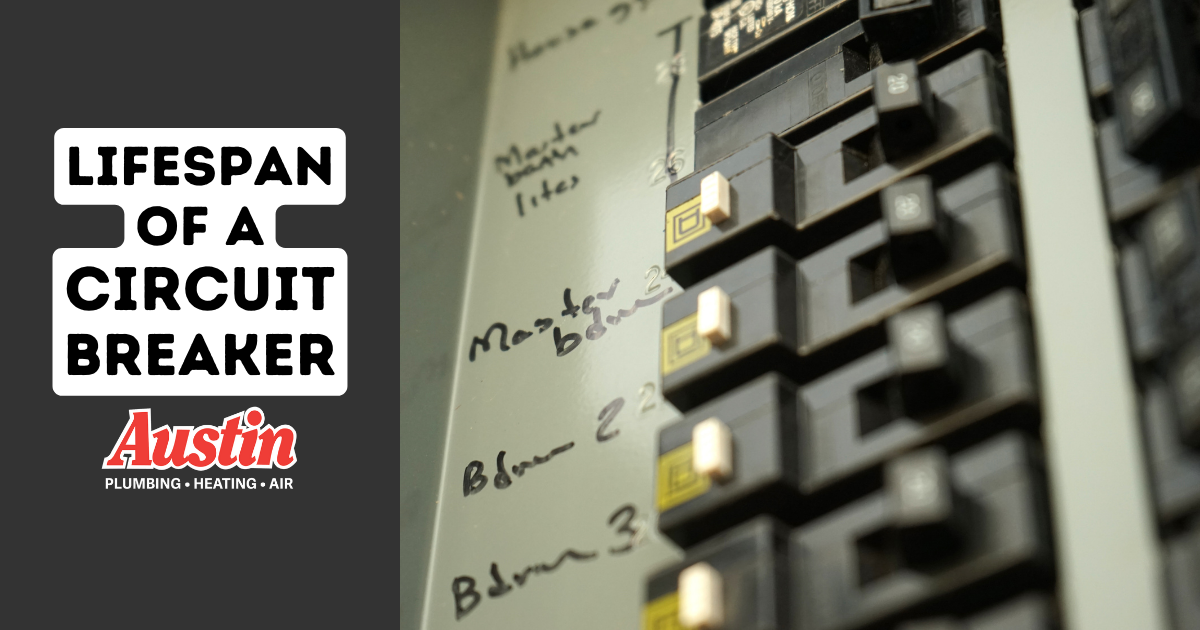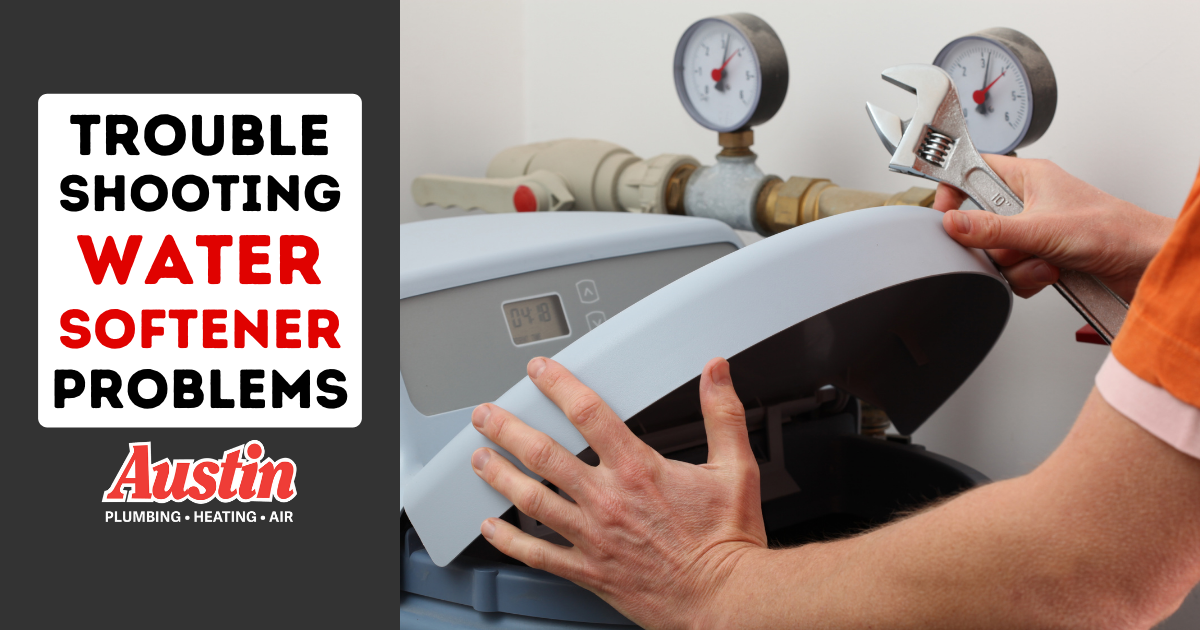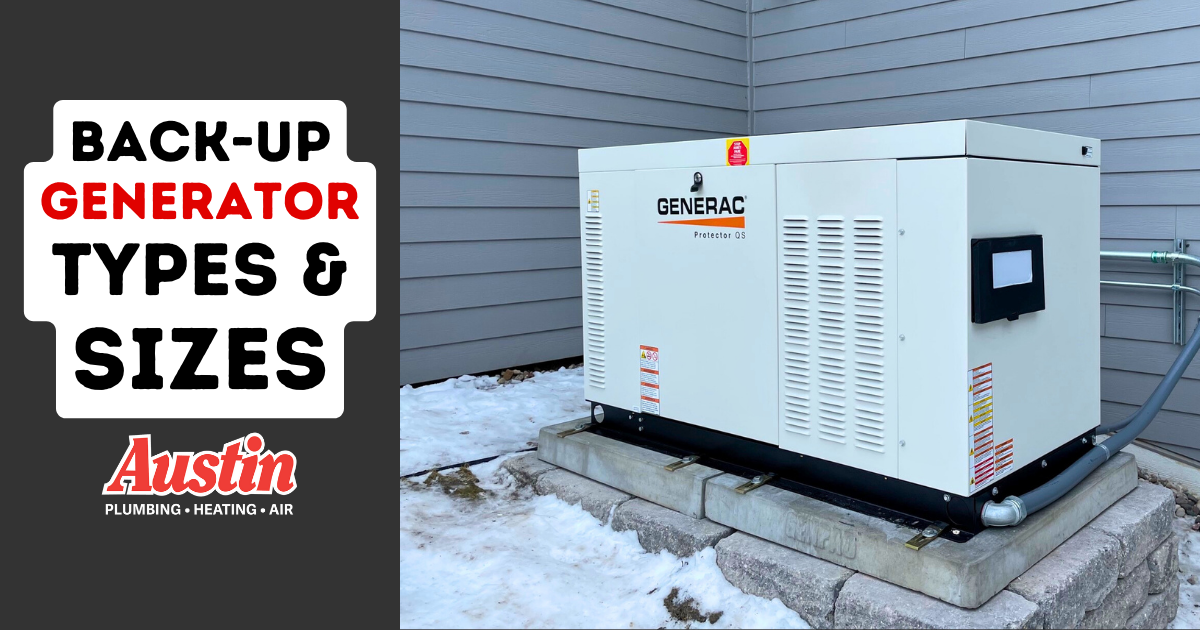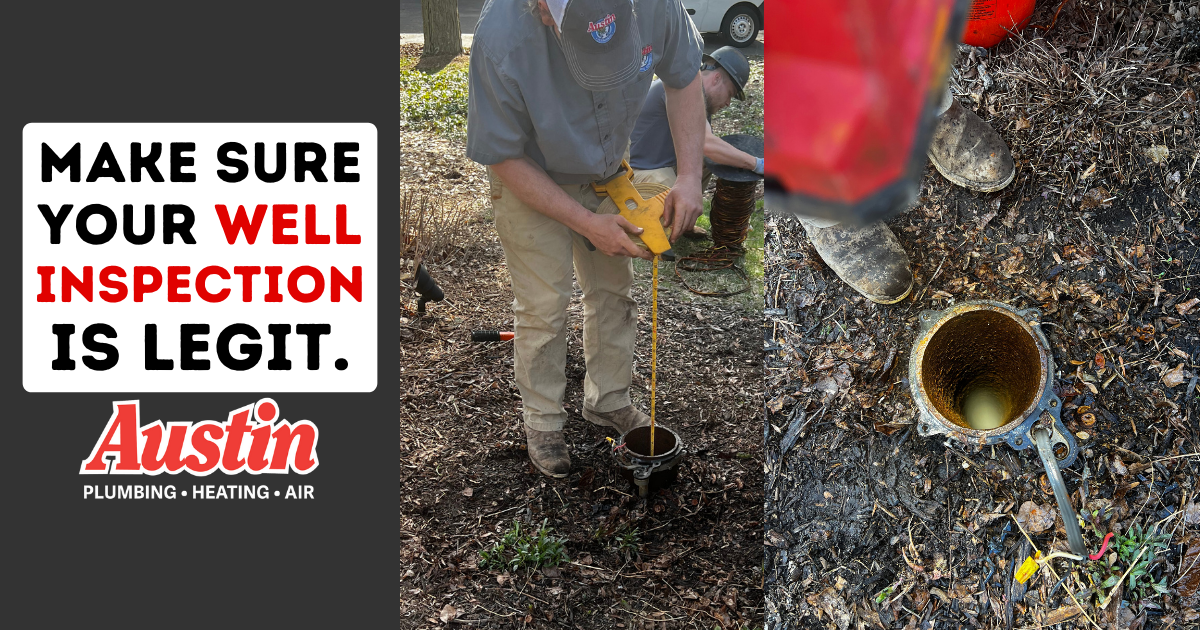Help! Which way do you put a furnace filter in?
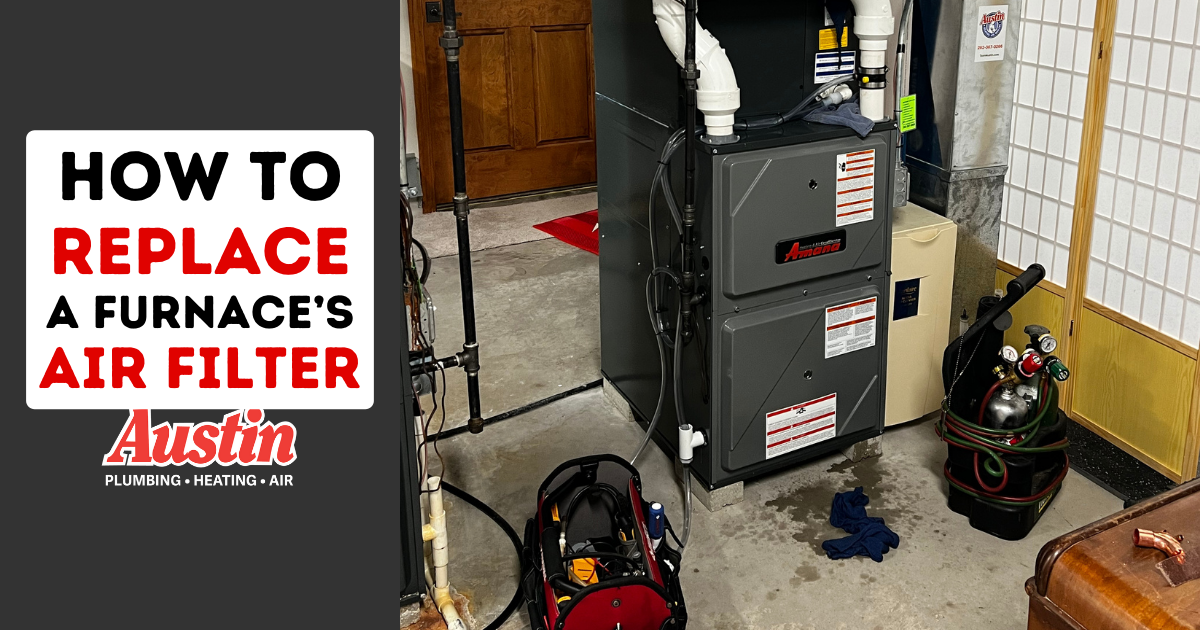
How should you replace your furnace filter? The easy way—or the right way? Our Master Tradesman says: Why not both?
Believe it or not, simply installing a regular old furnace filter the wrong way can have negative impacts on your heating system. Why not get it right the first time?
Changing out and replacing your home’s furnace or AC filter is needed regularly. So it’s worthwhile to take the time to learn how to do it properly. You won’t regret it!
Furnace filter basics
Regularly changing your HVAC system’s air filter is not only one of the simplest, but also one of the most vital maintenance tasks that most homeowners can perform without any help from Austin Plumbing, Heating & Air. Despite this, one of the most common questions our team of HVAC gurus receives from clients surrounds the topics of furnace filters: which one to buy, how often to replace and most importantly, how to put it in the correct way. Before we dig into the finer details, let’s cover the furnace filter basics.
Furnace Filter Size:
Furnace filters come in various lengths, widths and thickness dimensions. It is critical when replacing your furnace filter that you replace the furnace filter with the proper size. A furnace filter that is too large will simply not fit in the filter housing at all, which means your system would be running without a filter and that can cause major issues. A furnace filter that is too small means that air can get around the furnace filter bypassing it all together, which is equally as bad as not having a furnace filter at all.
Some of the most common filter sizes we run into are:
16” tall x 25” wide x 1” thick
20” tall x 25” wide x 1” thick
16” tall x 25” wide x 4” thick
20” tall x 25” wide x 4” thick
Pro Tip: All furnace filters have their specs printed on them. Before you go shopping for a new furnace filter, take a picture of the existing filter to ensure you are purchasing the same size furnace filter.
Furnace Filter Type:
As the awareness for the importance of clean indoor air and the need for a high quality furnace filter increases, so do the options out there for the different types of furnace filters.
Fiberglass filter: This is the most common and most budget-friendly type of air filter. Composed of layered fiberglass fibers supported by a metal grating, these filters primarily capture larger particles like dust and lint but are less effective at trapping airborne toxins and allergens.
Polyester/pleated filter: These are similar in design to fiberglass filters but more efficient in capturing smaller particles. They offer stronger resistance to airflow and usually require more frequent replacement, making them slightly pricier.
Electrostatic filter: These filters feature electrically charged fibers capable of collecting both large and small particles, making them highly effective in reducing airborne allergens. They are particularly recommended for individuals with severe allergies.
Reusable electrostatic filter: Similar to the disposable version, but with a reduced particle-capturing capacity. What sets them apart is their eco-friendliness, as they are washable and can last approximately six to eight years. Make sure to thoroughly dry washable filters before reuse to prevent mold.
Pro Tip: The most common type of furnace filter we run into are pleated filters. Pleated filters do a decent job of protecting the furnace and other HVAC system components but do not do much as far as cleaning the air.
What Furnace Filter MERV Rating to Get:
Most air filters receive a performance rating from the Environmental Protection Agency (EPA) called the Minimum Efficiency Reporting Value (MERV), which rates their effectiveness on a scale from 1 to 16. A higher MERV rating indicates better particle collection efficiency. For home HVAC filters, a minimum MERV rating of 7 is recommended. Going higher isn’t necessarily better for residential HVAC filters. MERV ratings between 7 and 12 effectively remove airborne contaminants, while those rated higher are typically found in hospitals and businesses.
Pro Tip: When it comes to big box store available filters, the higher the MERV rating the more restrictive the filter. Be cautious buying high MERV rating filters as these can cause issues for your furnace. If you’re concerned about increasing the efficiency of your current furnace filter, contact Austin Plumbing, Heating & Air to explore your options for cleaner, healthier air.
How Often Should I Replace My Furnace Filter?
The frequency in which your furnace filters should be replaced is based on several factors such as the type of furnace filter, the MERV rating of the filter and how the HVAC system is used. Here is a general guideline for how frequently your furnace filters should be replaced, but as always, the manufacturer of your specific furnace provides guidance for how frequently the furnace filter should be replaced and is the best advice to follow.
1” pleated furnace filters- These filters are recommended to be replaced once every 1-3 months or as needed. We recommend that a 1” pleated furnace filter be checked every 30 days.
4” pleated furnace filters- This is really just the big brother to the 1” pleated furnace filter. Because it’s 4” thick, there is more surface area to collect dust on, therefore extending the potential life. A 4” pleated furnace filter can usually go 4-6 months before needing changing or once per heating season and once per cooling season.
Electronic air cleaners- Electrostatic air cleaners, such as the ones we typically install for our clients who demand clean and healthy indoor air, will need filter changes somewhere in the range of every 3-6 months.
Pro Tip: Set a reminder in your cell phone or whatever calendar app you typically use to check your furnace filter.
Expert Mode Pro Tip: Join Austin Plumbing, Heating & Air’s club membership program and we’ll remember to replace your furnace filters for you :).
How to install a furnace filter step-by-step
Although the replacement of a new HVAC system filter seems straightforward and often is, there are some specific steps to follow to ensure this routine service is carried out correctly and avoids some common issues related to furnace filter installation.
1) Ensure you have the proper size and type of furnace filter-
Before embarking on this DIY home maintenance project, ensure you have the right size filter to install. This way you don’t cause extra wear and tear to your furnace or air conditioner by having the wrong size filter installed or worse yet, no filter at all.
2) Gather the proper tools-
Replacing your furnace filter doesn’t require a ton of tools, but depending on your market or type of furnace filter that you have, you may require:
Phillips or flat head screwdriver
¼” or 5/16” nut driver
Garbage bag or trash can liner to collect the old filter in
3) Shut the power off to your furnace-
Safety first! Before installing a new furnace filter, be sure the power is shut off to your unit. Typically the power can be shut off at the furnace using the on-off switch on the furnace or in your electrical panel.
4) Locate your furnace filter–
The location of the furnace filter varies based on home type and HVAC market. In our market (Southeastern Wisconsin), most of our furnaces are located in the basement and our furnace filters are installed right before the return air drop meets the furnace cabinet (PICTURE OF TYPICAL).
5) Take a picture-
To ensure that you are installing the new furnace filter correctly, take a picture of how the old furnace filter is installed so you have a point of reference.
6) Remove and contain old filter-
Once you locate the old furnace filter, you’re ready to remove it and contain it and all it has captured during its air cleaning duty in a garbage bag or trash can liner.
7) Install the furnace filter-
Unwrap your new furnace filter, review your previously taken picture and install the filter.
8) Document the installation date-
At Austin, we like to document the date of installation right on the new furnace filter. But other great areas to document the date of the new filter are on the history sticker affixed to your furnace or HVAC equipment.
9) Power the furnace back up-
Once your new furnace filter is installed, go ahead and turn the power back on to the unit and set the thermostat to your desired temperature.
Which way to put the furnace filter in?
Aside from making sure your furnace filter is the correct size and type for your HVAC system, the most important thing is that it is installed correctly and in the right direction. All furnace filters have an arrow printed on them in some way indicating the direction of airflow. The direction of airflow in the HVAC system can cause some confusion, and for good reason too! To ensure your furnace filter is put in the correct way, make sure the arrow on the furnace filter is pointing towards the furnace.
Pro Tip: Wondering which way to put the furnace filter in? In most cases, simply point the arrow on the furnace filter toward the furnace and you are ensured the filter is installed correctly.
The best heating & cooling service in Wisconsin?
Austin Plumbing, Heating & Air is regarded as the most trusted source for plumbing, heating, cooling, well and water service in SE Wisconsin. If you need help with your heating or cooling system or would like to book an appointment to have an HVAC guru help with a furnace or AC repair or a simple furnace filter swap out, give us a call at 262-367-3808 or BOOK ONLINE
